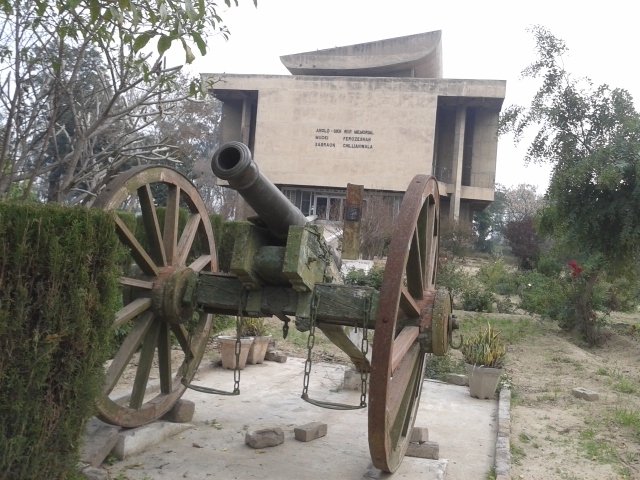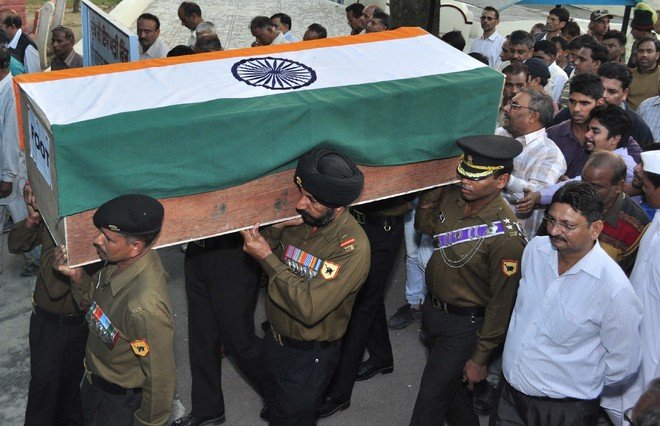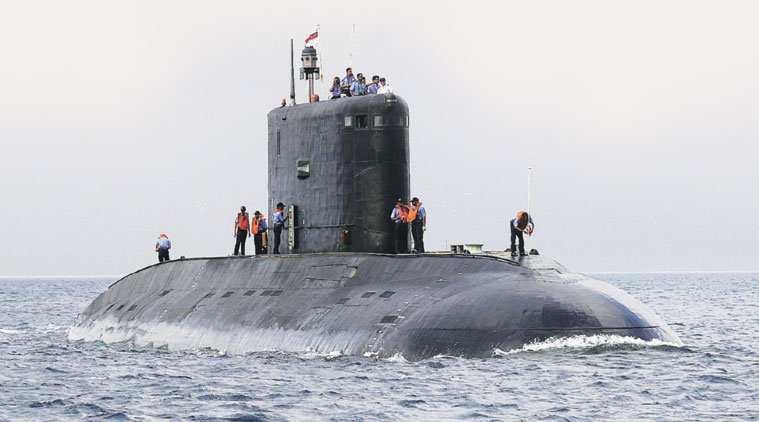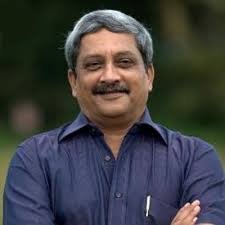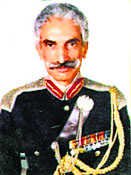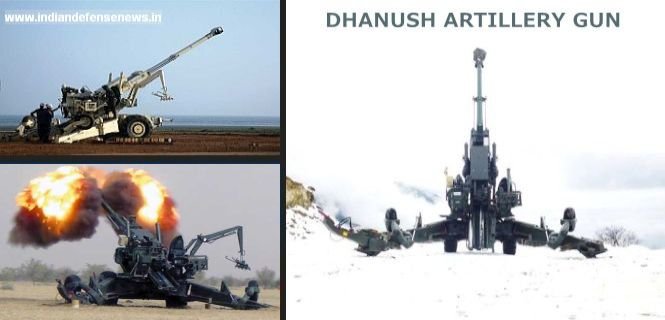
JAMMU: New and advanced weaponry will be deployed along the Line of Control once they are tested, a senior Army commander today said here.
“At the moment, they (new and modern weapons) are in the nascent stage… there are various upgradation and whether you call them remotely controlled (guns) or you can say upgradation of various technologies, they are in the nascent stage.
“We are trying them and if they are successful we will deploy them,” General officer Commanding of the 16 corps of the army Lt Gen RR Nimbhorkar said during a function in Akhnoor today.
“See, on the LoC, we have to be always evolving. There is no one methodology and equipments we put on the LoC. (Whenever) We find it needs to be changed, (we change it). We do innovation and that is the ongoing process,” Lt Gen Nimbhorkar said.
He was replying to a question about the Army’s plan to deploy remote-controlled guns on the LoC to check infiltration from the Pakistani side.
“So, in this process, there are things which we have thought off– which we are practicing and when they are fully functional then we will deploy them,” he added.
He said that the militants were present in various training camps across the border and they were waiting for an opportunity to sneak in.
“There is no doubt that they are there. They are in various camps and obliviously if they are there, they are there to come to this side so they will try to infiltrate.
“Now, where will they infiltrate, that one cannot say. What is in our hand is to be alert and foil their plans for any infiltration,” he said.
Asked about the non-availability of the firing ranges for the army in Jammu and Kashmir, he said that it was an issue of concern for the army.
Lt Gen Nimbhorkar said that the need of the firing range “is there so we are facing problems”.
“However, this issue has been addressed by the civil government and they are quite helpful in their attitude towards us and I think this problem will be sorted out,” he said.
On the martyrdom of Col Santosh Mahadik who made the supreme sacrifice while fighting militants in the forests of Kupwara in North Kashmir, Lt Gen Nimbhorkar said that to lead from the front was the ethos of the army.
“I knew Col Santosh personally, he was one of the best officers I have ever seen, always willing to do anything for the motherland and he was very fond of his troops.
“I am quite certain that when he had gone and carried out the operation himself as Commanding Officer of the unit he led troops from the front and doing his duty he attained martyrdom,” he said.





















































